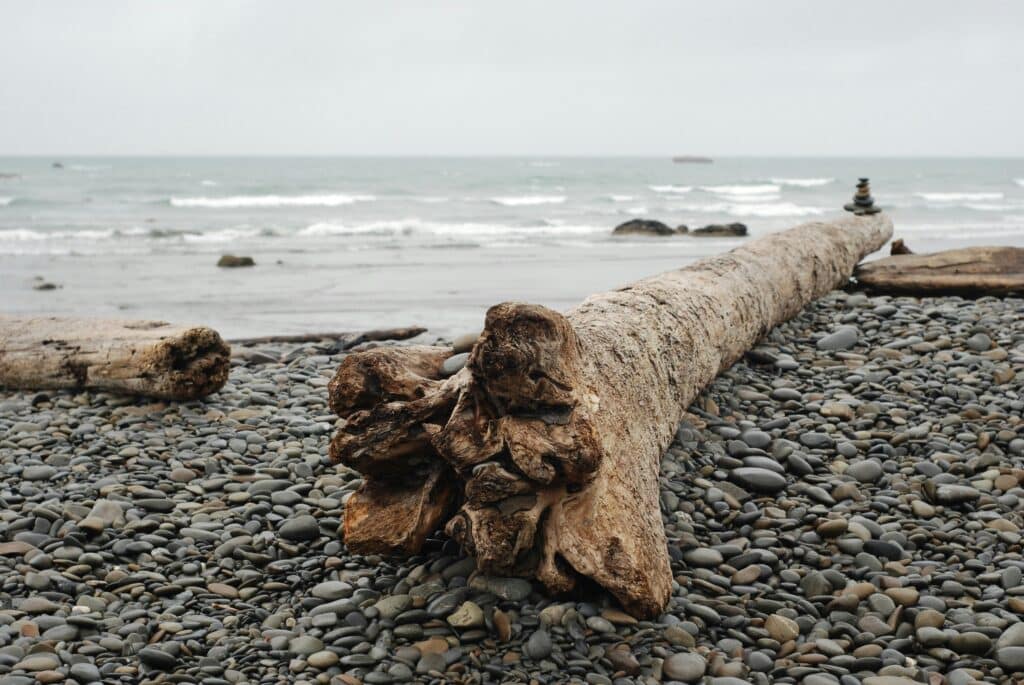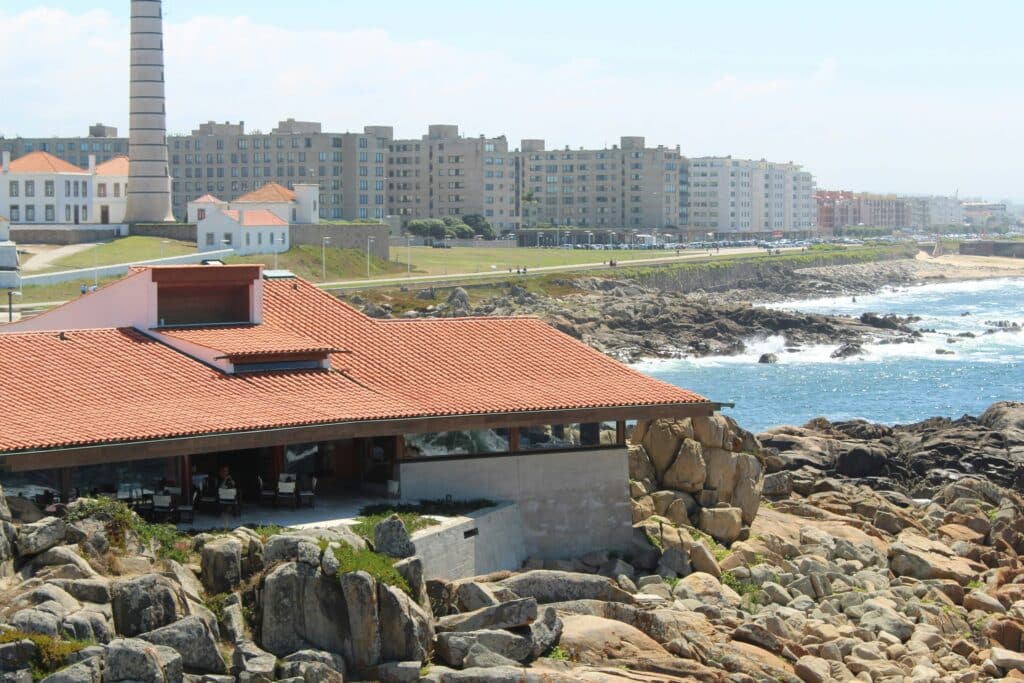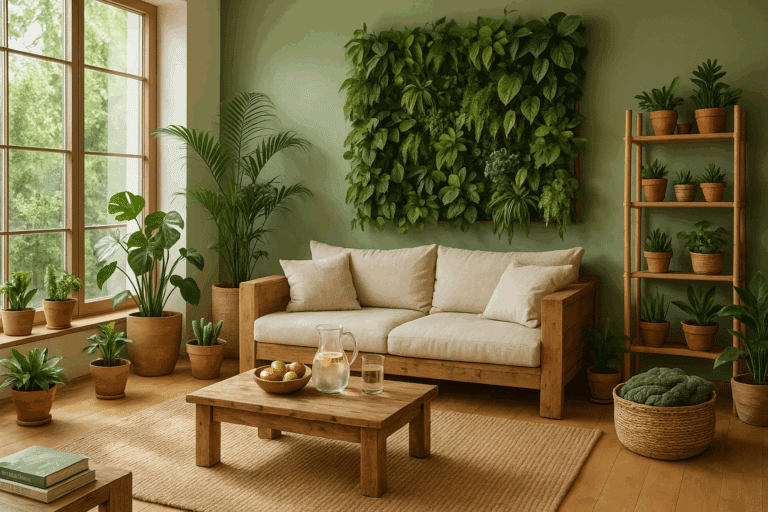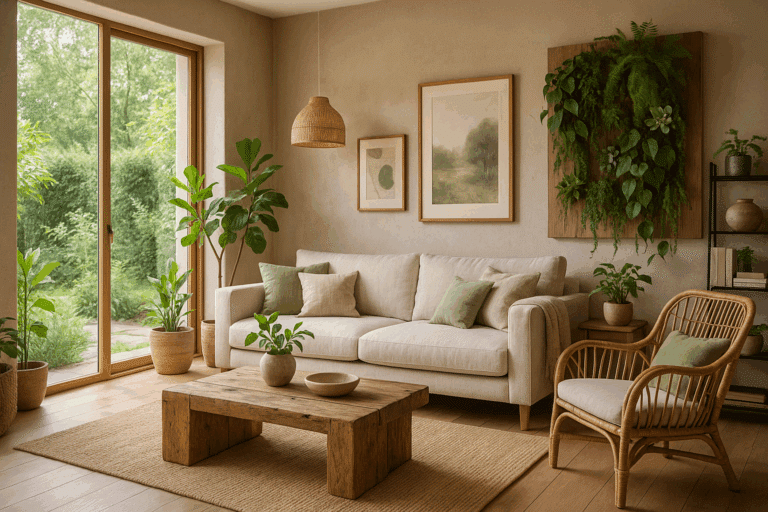Experience the invigorating blend of natural elements and aesthetic finesse, as we delve into the rising trend of Coastal Chic. Imbued with the raw charm of the seaside, this design concept exudes an aura of tranquility and elegance that effortlessly enhances your living space. 🌊

Driftwood art is not just about integrating a piece of nature into your home, but also about showcasing an exquisite piece of handmade craft. Each driftwood piece tells a story; it’s a fragment of a journey, weathered by time and tides, now gracing your interiors with its rustic charisma. Our upcoming exploration of this art form will guide you through the intriguing world of this eco-friendly decor, revealing how to create your own masterpiece.
We will be delving into various techniques to transform driftwood into creative expressions of Coastal Chic. From sourcing driftwood to preparation, designing, and finishing, this comprehensive guide will cover it all. You’ll learn how to create stunning driftwood wall hangings, perfectly designed to bring a piece of the coast into your home, regardless of where you live.
Get ready to be inspired by captivating examples of driftwood hanging art from around the globe. These pieces, each unique and breathtaking in their own right, bear testament to the infinite creative possibilities offered by this humble material. From simple, minimalistic designs to intricate compositions, the versatility of driftwood art will truly astound you. 🌾
Strap in for an immersive journey into the enchanting realm of Coastal Chic. With the harmonious blend of design and nature, Driftwood Hanging Art stands as a testament to the beauty and resilience of our planet’s natural resources. This is more than just a decor trend – it’s a tribute to nature, a statement of sustainability, and an expression of style all in one. Stay tuned for more!
Sourcing Authentic Driftwood for Art Projects
Finding the right pieces of driftwood is one of the most exciting parts of working with this medium. Driftwood can be collected from riverbanks, lakeshores, and most commonly, ocean beaches. The natural elements—saltwater, sun, and sand—weather the wood over time, creating a beautifully aged appearance. Before collecting, always check local guidelines to ensure that gathering driftwood is permitted in the area. In some regions, driftwood is protected due to its role in shoreline ecosystems.
When collecting, look for pieces that are lightweight but sturdy, and free from mold or rot. Different shapes and sizes allow for greater creativity when assembling hanging art. Twisted branches, smoothed-out planks, or curved segments each contribute to a distinctive final design. It’s helpful to collect more pieces than you initially plan to use, giving yourself plenty of options when laying out your final arrangement.

Cleaning and Preparing Driftwood Safely
Once you have gathered your driftwood, it is important to clean and prepare it before using it in home decor. While the weathered surface is part of its charm, salt, sand, and small insects can linger on untreated wood. Begin by rinsing the driftwood under fresh water to remove surface debris. Then soak the pieces in a solution of water and bleach—typically a ratio of 1 part bleach to 9 parts water—for up to 24 hours. This helps disinfect the wood and lighten its color slightly, which can enhance its visual impact depending on your design preferences.
After soaking, rinse the wood again thoroughly and allow it to dry completely. This may take several days, especially for larger or denser pieces. Once dry, you can sand any rough edges or splinters as needed. Some people choose to seal their driftwood with a matte polyurethane finish, especially if the final piece will be placed in a humid environment or near a heat source.
Tools and Techniques for Assembling Driftwood Art
Creating driftwood hanging art requires a few basic tools and a creative eye. A hot glue gun or wood glue can be used to attach smaller pieces. For larger or more structural designs, you may need a power drill and wood screws. Natural materials like twine, jute rope, or leather cord work well for suspending the driftwood, keeping with the organic aesthetic of Coastal Chic decor.
A helpful technique is to lay out your design on a flat surface before committing to any permanent attachments. Arranging your driftwood pieces like puzzle parts allows you to experiment with shapes, angles, and symmetry. You can incorporate vertical layering for a cascading effect, or horizontal arrangements that resemble a mobile or dreamcatcher. Adding loops for hanging or wall-mounting is typically the final step before display.
Embellishing Your Driftwood for Personal Touches
Driftwood on its own carries a timeless appeal, but additional embellishments can personalize your piece even further. Seashells, sea glass, feathers, or beads can be added using glue or wire. Painting the wood is another option. Whitewashing offers a coastal feel, while subtle metallic accents in gold or bronze can add an elegant touch without overwhelming the rustic nature of the driftwood.
Lettering or calligraphy can also be painted or burned onto the wood using stencils or woodburning tools. Words such as “relax,” “breathe,” or “coastal” reinforce the calming message of the art. For those who enjoy working with light, incorporating battery-powered fairy lights or LED strips can transform the piece into a soft-glowing feature, ideal for bedrooms or cozy reading nooks.
Choosing Placement for Maximum Impact
Strategically placing your driftwood hanging art can dramatically influence the overall look of your room. Entryways benefit from impactful, welcoming pieces that set the tone for the rest of the home. In living rooms, a driftwood art piece placed above a mantel or sofa creates a natural focal point, drawing the eye without overpowering the rest of the decor.
Smaller driftwood hangings can be used to accent empty corners, hallways, or even as part of a gallery wall. When placed near other organic elements like woven baskets, indoor plants, or linen textiles, driftwood art becomes a cohesive part of a broader design narrative. In bathrooms, a moisture-sealed piece can add a spa-like tranquility, especially when paired with neutral tiles and natural light.
Mixing Driftwood with Other Natural Materials
Part of what makes driftwood so versatile is its compatibility with other natural materials. Combining it with stone, rattan, rope, or unglazed ceramics adds texture and depth to your decor. These materials echo the organic, imperfect beauty of the coast, reinforcing the Coastal Chic aesthetic.
Driftwood paired with macramé, for example, creates a tactile, bohemian look. Mounting driftwood pieces with linen or cotton textiles adds softness, while glass jars or terrariums suspended from driftwood provide dimension and practical use. Hanging air plants from a driftwood branch using natural twine brings both greenery and sculptural form into the space.
Using Driftwood Across Different Rooms
Driftwood hanging art is not limited to the living room or coastal-themed houses. In kitchens, a horizontal driftwood bar can serve as a unique rack for lightweight utensils, herbs, or decorative mugs. In bedrooms, a driftwood wall hanging can be placed above the bed, acting as a soothing alternative to a traditional headboard or framed artwork.
In children’s rooms, driftwood pieces can be crafted into whimsical mobiles or nature-inspired sculptures. For home offices, driftwood provides a calming, grounded energy that balances technology and productivity. Even outdoor spaces like patios, balconies, or garden walls benefit from the textural contrast driftwood provides, especially when combined with planters or wind chimes.
Sustainability and Ethical Crafting
As environmental awareness grows, many people are choosing decor elements that reflect their values. Driftwood is a naturally occurring, biodegradable material that requires no manufacturing process to achieve its beauty. However, it is important to gather driftwood responsibly. Avoid overharvesting from protected ecosystems or removing pieces that serve an environmental role, such as preventing erosion.
Using driftwood art as a part of your decor makes a quiet yet powerful statement about sustainability. It celebrates natural cycles, honors weathered imperfections, and supports a more mindful approach to interior design. For added eco-consciousness, consider sourcing driftwood from ethical suppliers or artisans who specialize in reclaimed materials.
Exploring Cultural and Artistic Interpretations
Driftwood art has cultural significance in many coastal communities, where the ocean plays an integral role in daily life. In Scandinavian design, for example, the use of driftwood aligns with minimalist and natural interior styles. In the Pacific Northwest, driftwood is often incorporated into garden sculptures and outdoor installations, honoring local landscapes.
Some Indigenous and folk art traditions use driftwood as a storytelling medium. Artists may carve symbols, patterns, or animals into the wood to represent spiritual beliefs or historical narratives. Incorporating these traditions respectfully into your own decor can deepen the meaning of the pieces you create, as long as credit and cultural sensitivity are maintained.
Seasonal Inspiration for Driftwood Decor
Driftwood hanging art can evolve with the seasons. In summer, pair it with shells, white linen, and ocean motifs. In fall, add dried flowers, feathers, or amber-colored beads for a more earthy feel. During winter, incorporate muted tones, silver accents, or even small pinecones to create a rustic holiday ambiance.
This seasonal flexibility makes driftwood art not only timeless but also refreshingly adaptable. You can refresh your spaces without purchasing new decor every season by simply adjusting the elements surrounding your driftwood piece. This approach keeps your interior design dynamic and sustainable throughout the year.
Materials Needed
To create a driftwood hanging art piece, you will need the following:
- Driftwood pieces of varying sizes
- Strong twine or string
- Scissors
- Optional: additional embellishments like shells, feathers, or beads
Procedure
Creating a driftwood hanging art piece can be a simple, yet fulfilling, DIY project. First, select your driftwood pieces and arrange them in your desired design. Then, use the twine or string to secure the pieces together. Finally, add any additional embellishments to enhance the aesthetic of the piece.
Elevating Your Decor with Driftwood Art
While creating hanging art with driftwood may seem straightforward, incorporating it effectively into your home decor requires some consideration.
Consider the Space
Firstly, consider the space where you intend to display your driftwood art. Large pieces can be striking in open, spacious areas such as living rooms or hallways, while smaller pieces may be better suited to more intimate spaces like bedrooms or bathrooms.
Complement Existing Decor
Incorporating driftwood art into your existing decor should be done in a way that complements rather than clashes. Remember, the goal of Coastal Chic decor is to create a relaxing, beach-like ambiance, so choose pieces and designs that enhance this vibe.
The Versatility of Driftwood Hanging Art
One of the significant advantages of driftwood hanging art is its versatility. Because each piece of driftwood is unique, each art piece created with it is also unique, adding an element of individuality to your home decor.
Customizing Your Pieces
Driftwood can be customized to match your specific tastes and preferences. Whether you prefer a minimalist design or something more elaborate, the possibilities with driftwood are virtually endless. You can paint it, carve it, or add additional elements like shells, beads, or even lights to create a truly unique piece of art.
Adaptable for Various Themes
While Coastal Chic is an increasingly popular theme, driftwood hanging art can be adapted to suit various decor themes. Whether you have a modern, minimalist home, a rustic farmhouse, or a bohemian-style space, driftwood art can be a beautiful addition. With its natural, weathered look, it can seamlessly blend with various color schemes and styles.
In conclusion, Coastal Chic decor, with its emphasis on natural elements like driftwood, offers a unique way to bring a sense of calm and tranquility to your home. Creating your own driftwood hanging art can be a fulfilling project that allows you to customize your decor to your preferences, creating a home that truly reflects your personality.
Conclusion
In conclusion, embracing the “Coastal Chic” design aesthetic through the use of driftwood hanging art is a phenomenal way to elevate your décor. This style, renowned for its organic charm, brings about a serene and calming environment, reminiscent of the relaxing coastal life. The uniqueness of each driftwood piece, with its distinct shape, color, and texture, contributes to the creation of highly personalized and unique spaces, thereby setting your décor apart from the rest.
Moreover, the sustainable nature of driftwood art aligns with the growing trend towards eco-conscious living, making it an even more appealing choice for the modern homeowner. To top it all off, the versatility of driftwood allows for its integration into a wide variety of design styles, from rustic to contemporary, making it a truly universal element of décor.
So, whether you’re yearning for a touch of nature in your city apartment, or looking to capture the essence of the beach in your coastal home, driftwood hanging art is a decor element that can truly transform your space. Embrace the coastal chic trend and let the natural beauty of driftwood elevate your décor to new heights. Remember, in the world of interior design, sometimes it’s the simplest of elements that create the most profound impact.



